Many people may feel anxious or scared about undergoing dental surgery, especially when it comes to tooth replacement procedures. However, with the latest advancements in digital implant, the surgery doesn't have to be a daunting experience. Digital implant uses cutting-edge technology and techniques to provide a more precise, efficient, and comfortable tooth replacement solution. Let's take a closer look at how digital implant is revolutionizing dental surgery and making tooth replacement more accessible and less intimidating for patients.
What’s a dental implant?
A dental implant is a high grade titanium alloy screw like fixture that is surgically placed into the jawbone to replace a missing tooth root. Once the implant is securely attached to the jawbone, a replacement tooth (such as a crown) is attached to the top of the implant. Dental implant is a popular and effective way to replace missing teeth, as they look and function like natural teeth and can last for many years. They can also help prevent bone loss in the jaw and provide support for adjacent teeth.
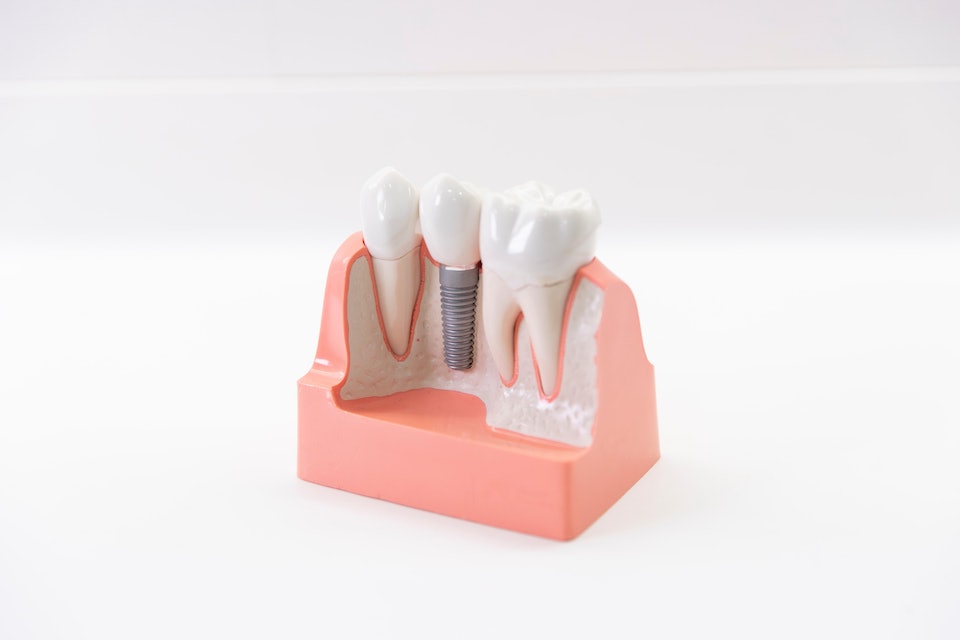
Planning and preparation are critical steps in the dental implant process
The first step is to decide the implant position with careful evaluation of the bone quality and quantity, around the main nerve in the lower jaw and the sinuses in the upper jaw to ensure that there is enough bone and healthy flesh to support the implant.
Secondly, implant selection is also very critical to the treatment. Before starting the procedure, dentists need to calculate the size and length of implants to achieve the most long-lasting and stable results; and the latest digital technology can help dentists to evaluate, calculate and anticipate the effectiveness of implant treatment.
Traditional implant procedures
Traditionally, the dentist will use X-ray examination and rely on his or her own observation to make an assessment, and clinical experience is needed to determine where to place the implant during surgery. The result of the surgery depends highly on the knowledge, skills and experience of the dentist. In the later stage of crown and bridge fabrication, traditional impressions involve using a putty-like substance that’s pressed onto patient’s teeth to create a mold, which can be messy and uncomfortable.
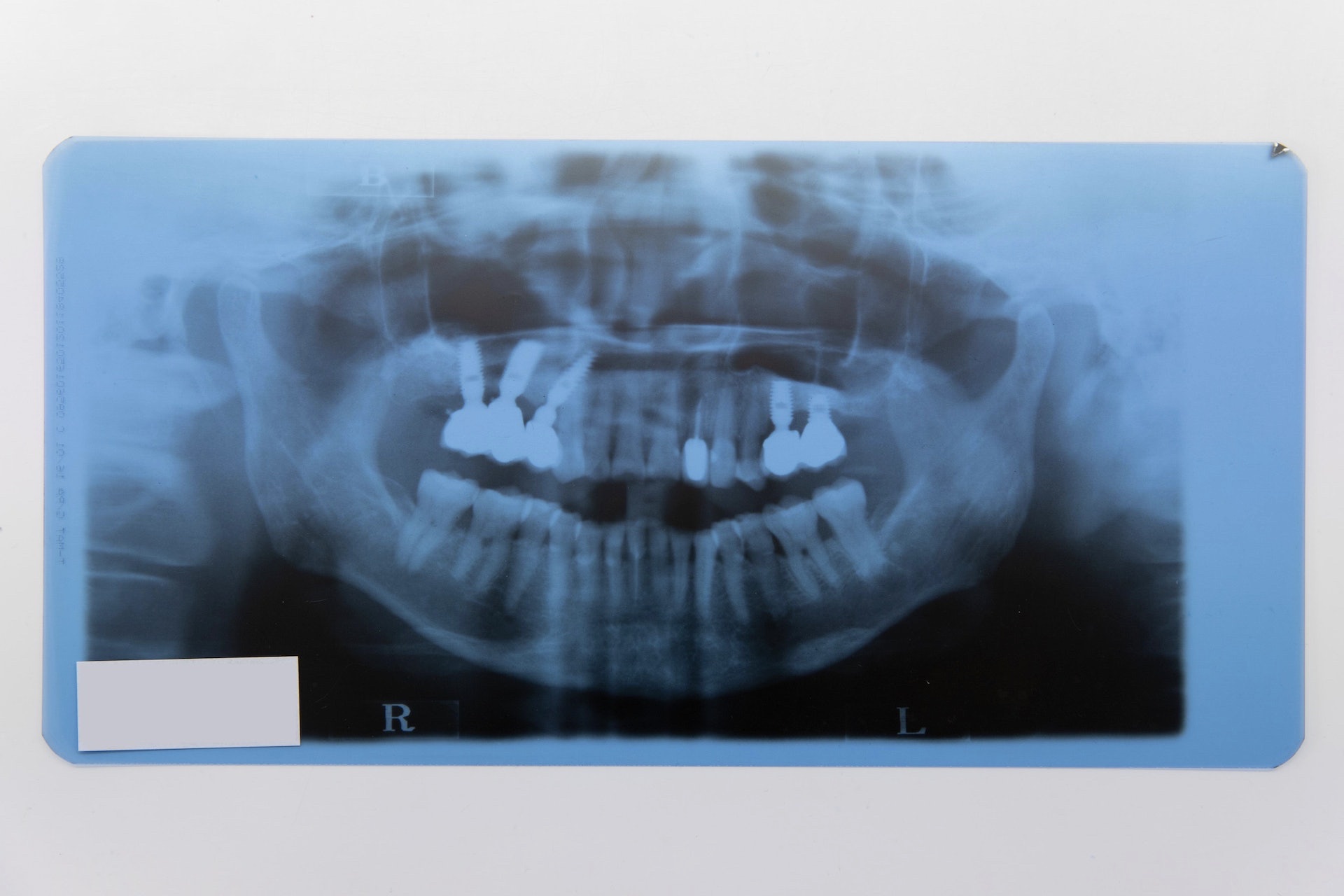
What’s digital implant and how it works?
A digital implant, also known as a computer-assisted implant, is a dental implant that is planned and placed using advanced digital technology. This technology includes specialized software, digital imaging, and computer-guided surgical techniques. The entire process of implant placement can be digitally planned and simulated before the actual surgery, allowing for greater precision and accuracy. This can result in a faster and more comfortable procedure, as well as improved outcomes and patient satisfaction.
- The dentists perform initial assessment of the case, most times with simple X-rays and decide what steps needs to be taken, for example if some teeth with poor prognosis needs to be removed first.
- 3D CT scans need to be taken
- Use the intra-oral scanners to scan patients’ teeth and produce an accurate digital representation of the dental condition
- The data is input into special implant planning software so that the dentist can determine the exact position for the implants, the type and sizes of implant used.
- When all has been approved with the patients, a surgical guide can be fabricated with 3D printing technology. This is the more commonly used method at the moment.
- The dentist can carry out the implant placement procedure accurately with the guide in place.
- After a healing period, and the time has come to restore the missing tooth, a digital impression using specific attachments on the implants can be carried out with the same intraoral scanner used earlier so that the scans would then be set to the dental laboratories electronically and the CADCAM technicians can carry out the design and fabrication of the temporary or final restorations.
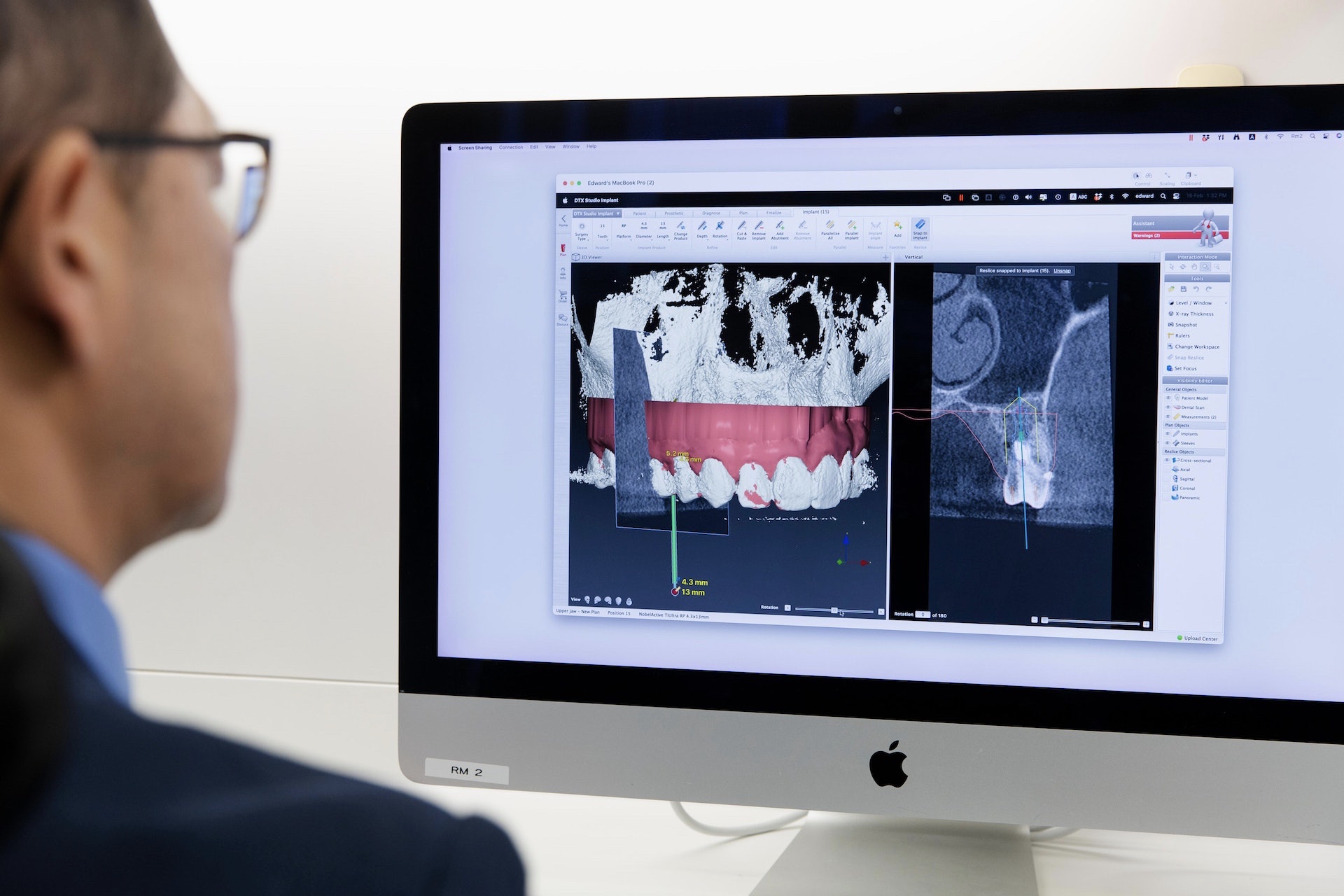
Advanced digital implant technology to improve accuracy and safety
In recent years, the latest 3D dynamic real time navigation system is available to help dentists accurately execute the treatment plan that has been formulated in advance. The navigation system can provide real-time images during the surgery to assist the surgeon to precisely control the position, direction and depth of the implant, which greatly reduces the surgery time and enhances the accuracy and safety of the implant. In fact, studies have proven that 3D dynamic real time navigation is much more accurate than traditional implant placement.
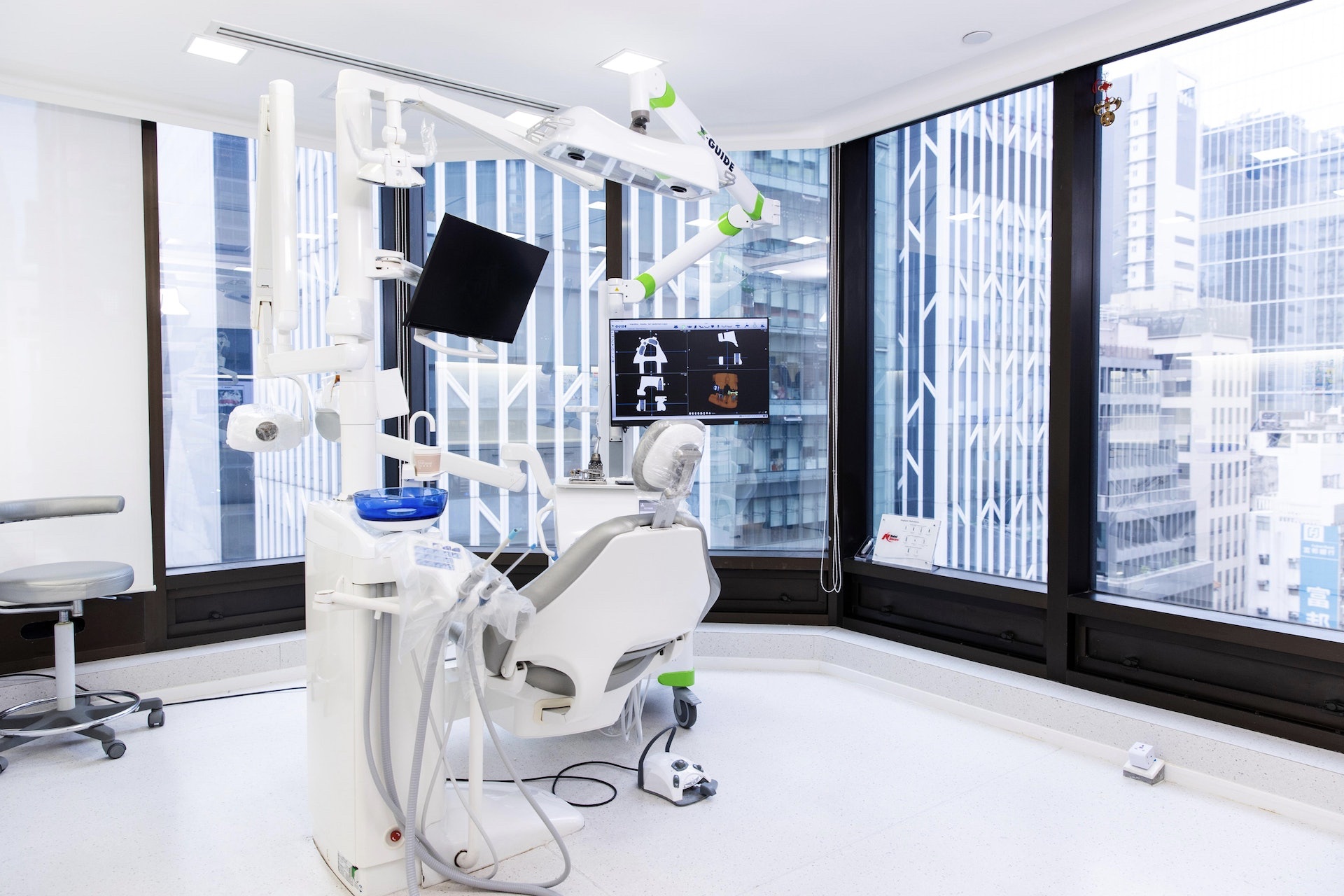
5 Benefits of Digital Implants
Benefit 1: Shorter surgical time
Because all the planning has been done before the patient comes in for the surgery, the surgical time can be greatly shortened.
Benefit 2: Minimally invasive surgery
The dentist already knows in advance where to place the implants, the surgical wound can be less or even without cutting the gum open in the more ideal cases.
Benefit 3: Precise planning of implant position
This is the most important factor as the correctly placed implants not only means better support but also better aesthetic outcome and longevity for the restoration as well
Benefit 4: Enhanced comfort and convenience
After the surgery, a 3D printed temporary bridge or crown can be placed on the patient's teeth, allowing the patient to chew instantly. Besides, using the intra-oral scanners make it more tolerable and comfortable to patients.
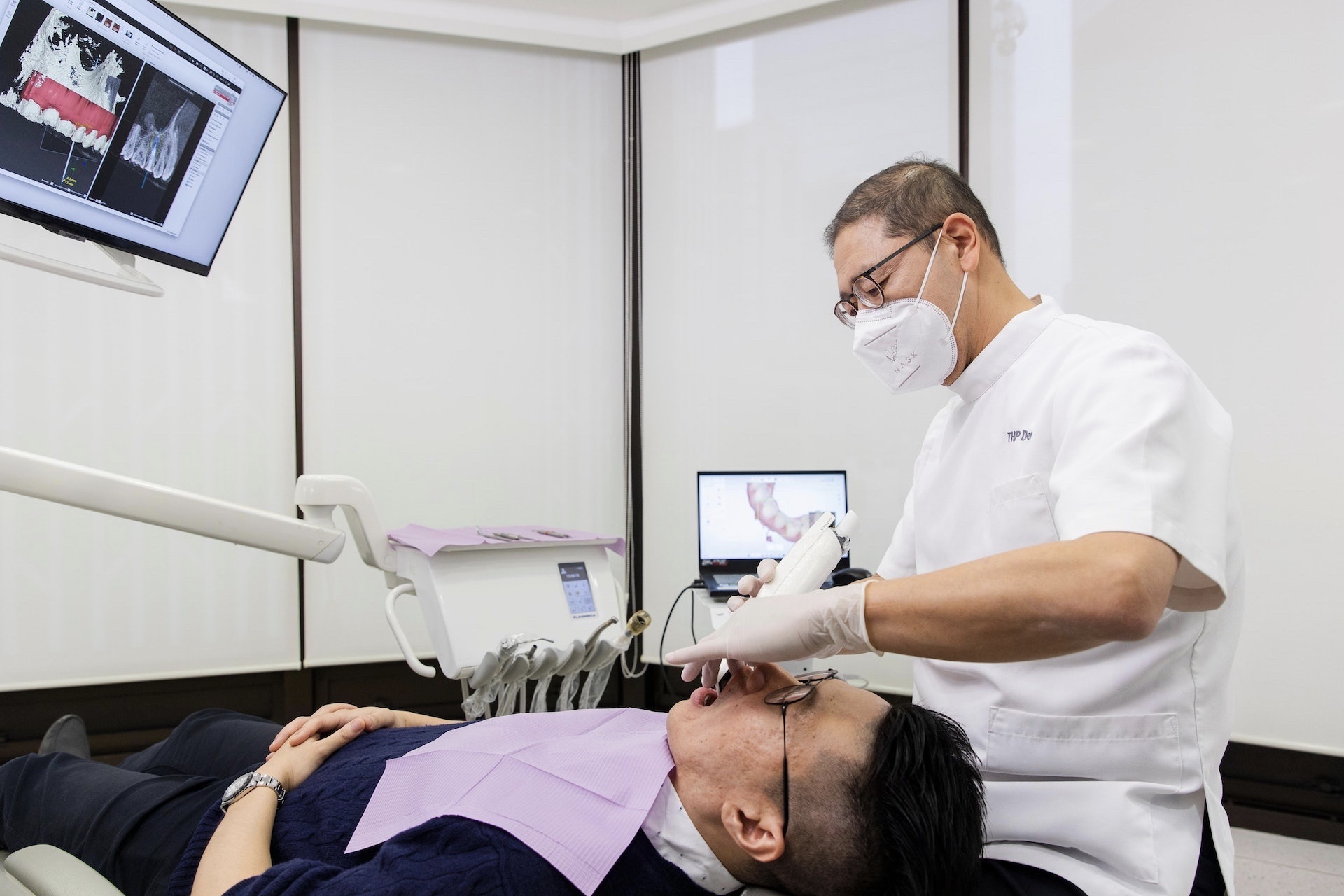
Benefit 5: Efficient crown and bridge fabrication
Most of the modern implant crowns and bridges are made by CADCAM in the advanced dental laboratories, therefore the latest digital procedures can speed up the fabrication processes.
What's the success rate of dental implants?
The average success rate of dental implants is 95%, unless the patient has a smoking habit, or is suffering from some kind of serious disease or periodontal disease. If properly maintained, the implant supported crown should last just as long as your natural teeth!
How should patient take care of the implant crowns or bridges?
Patients should pay attention to the proper way of brushing, flossing and cleaning every day, and have dental checkups and cleanings every six months.
Original reproduction: https://www.hk01.com/健康Easy/880091/植牙-數碼植牙與傳統植牙分別-解構植牙過程-保養及注意要點
